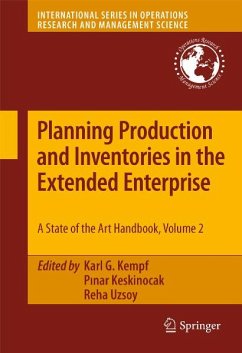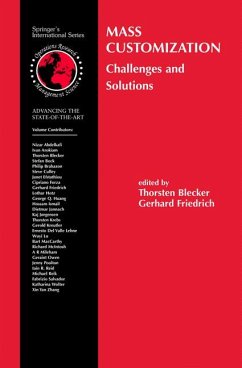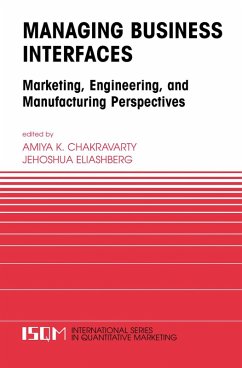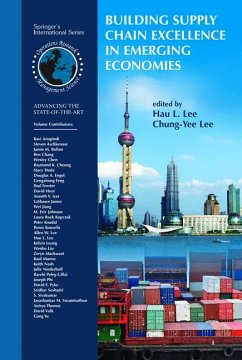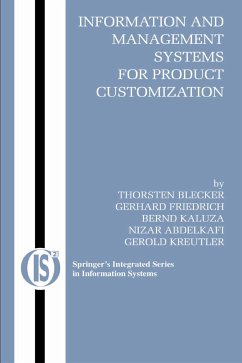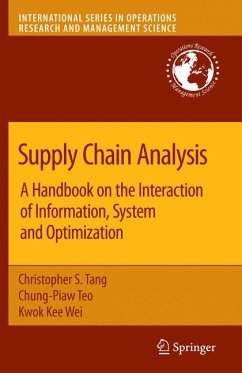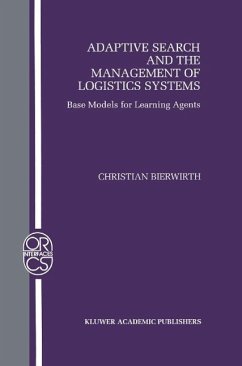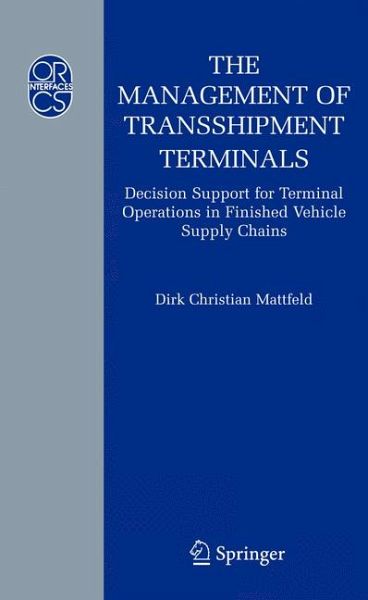
The Management of Transshipment Terminals (eBook, PDF)
Decision Support for Terminal Operations in Finished Vehicle Supply Chains
Versandkostenfrei!
Sofort per Download lieferbar
72,95 €
inkl. MwSt.
Weitere Ausgaben:

PAYBACK Punkte
36 °P sammeln!
1.1 Freight Transshipment We observe an ongoing trend towards globalized industrial produc tion. Multinational companies aim at strategic competitive advantages by distributing their activities around the globe. As a result, the in dividual supply chains become longer and more complex. Next to the supply chain reliability, companies try to keep supply chains cost effi cient and responsive, i.e. warrant short order fulfillment lead times (Siirie and Wagner, 2005). The above goals dictate low inventory levels at the stages of a supply chain as well as a high frequency of transports between the p...
1.1 Freight Transshipment We observe an ongoing trend towards globalized industrial produc tion. Multinational companies aim at strategic competitive advantages by distributing their activities around the globe. As a result, the in dividual supply chains become longer and more complex. Next to the supply chain reliability, companies try to keep supply chains cost effi cient and responsive, i.e. warrant short order fulfillment lead times (Siirie and Wagner, 2005). The above goals dictate low inventory levels at the stages of a supply chain as well as a high frequency of transports between the partners involved. Supply Chain Requirements. Detailed performance measures for a supply chain are provided by the Supply Chain Operations Refer ence (SCOR) model (Supply-Chain Council, 2002). The SCOR model provides four levels with increasing detail of process modeling. In accor dance to the process detail depicted SCOR metrics are defined for each level. Level 1 distinguishes metrics addressing the reliability of supply chains, their responsiveness, flexibility, cost and optionally their assets. On levels 2-4 these metrics are operationalized with respect to the pro cess types source, make and deliver. Thus, as substantial activities of the deliver process, transport and transshipment are evaluated as an integral part of the supply chain.
Dieser Download kann aus rechtlichen Gründen nur mit Rechnungsadresse in A, B, BG, CY, CZ, D, DK, EW, E, FIN, F, GR, HR, H, IRL, I, LT, L, LR, M, NL, PL, P, R, S, SLO, SK ausgeliefert werden.




